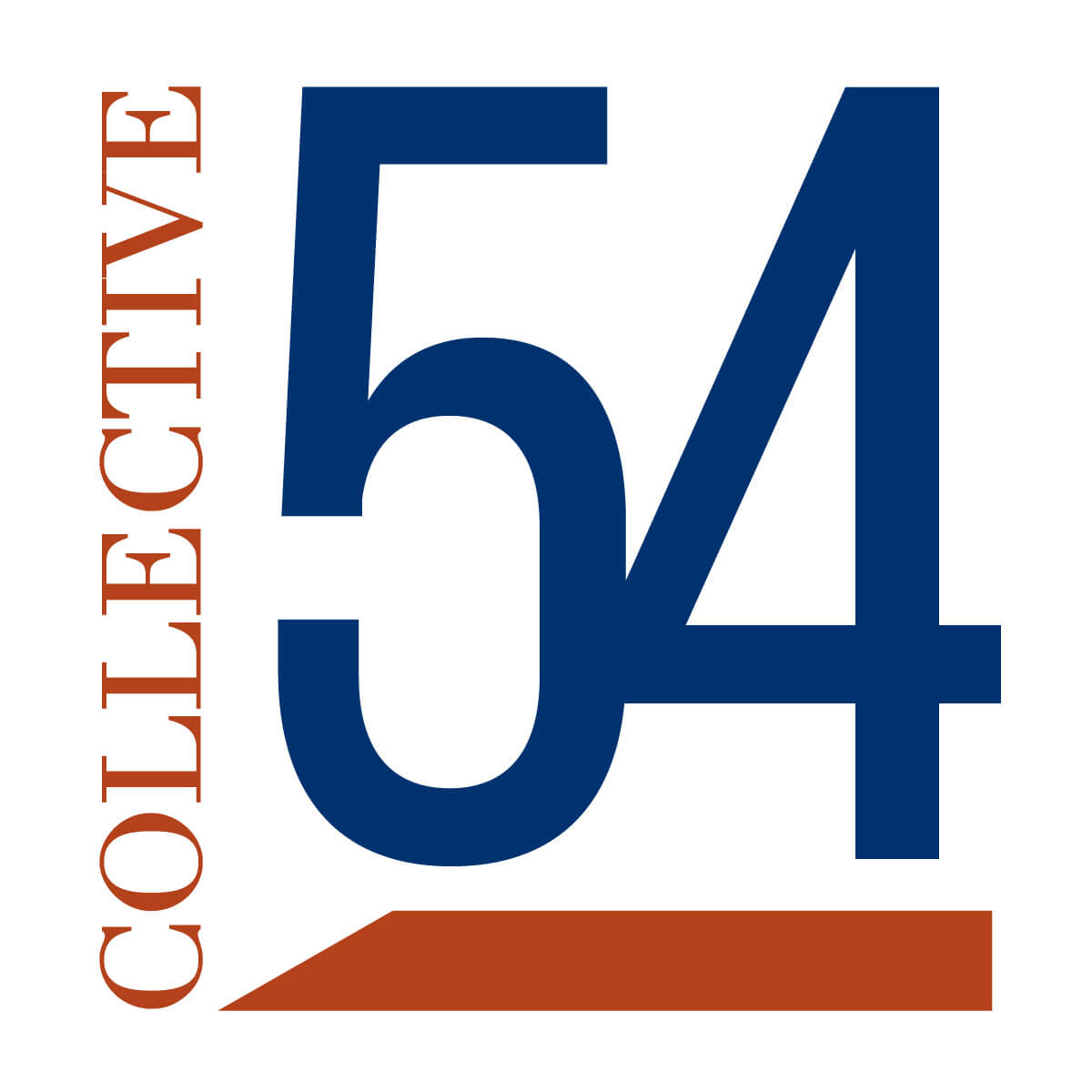Episode 34: The Boutique: What to Do When Clients Do Not Recognize Your Brilliance
Firms that add a great client experience to high-quality work reach scale, and those who do not, stay small lifestyle businesses. On this episode, we discuss the importance of the client experience to driving client satisfaction.

